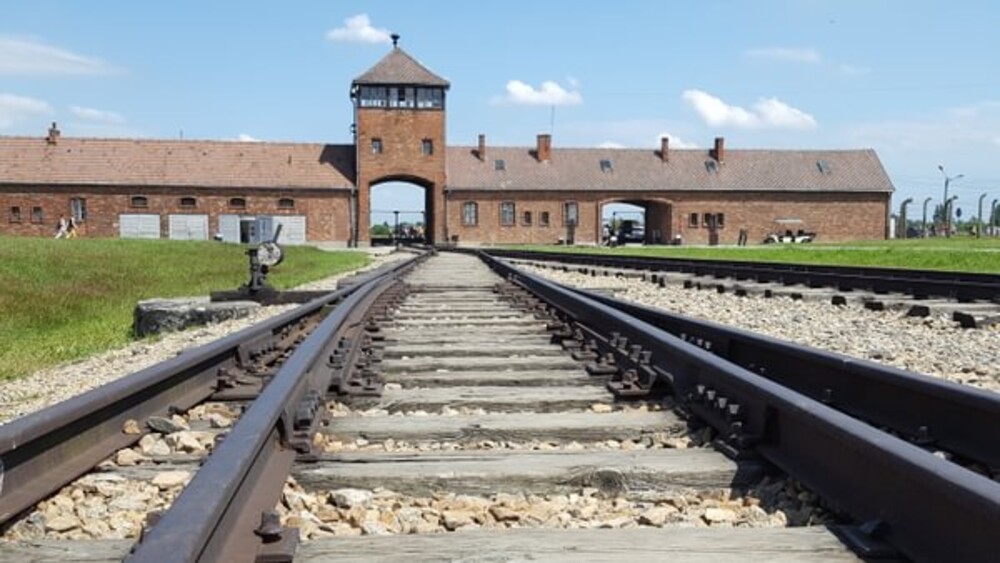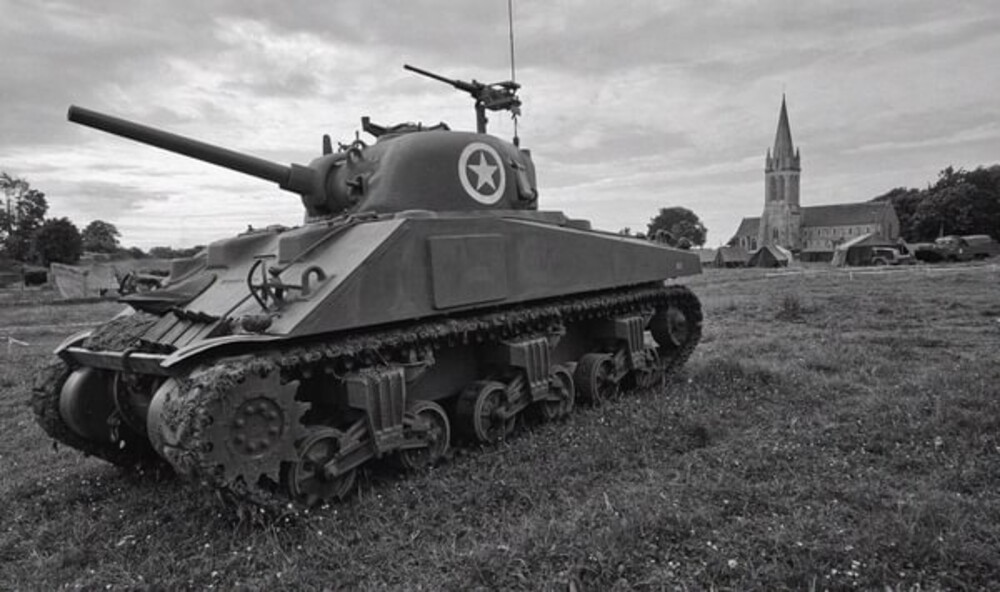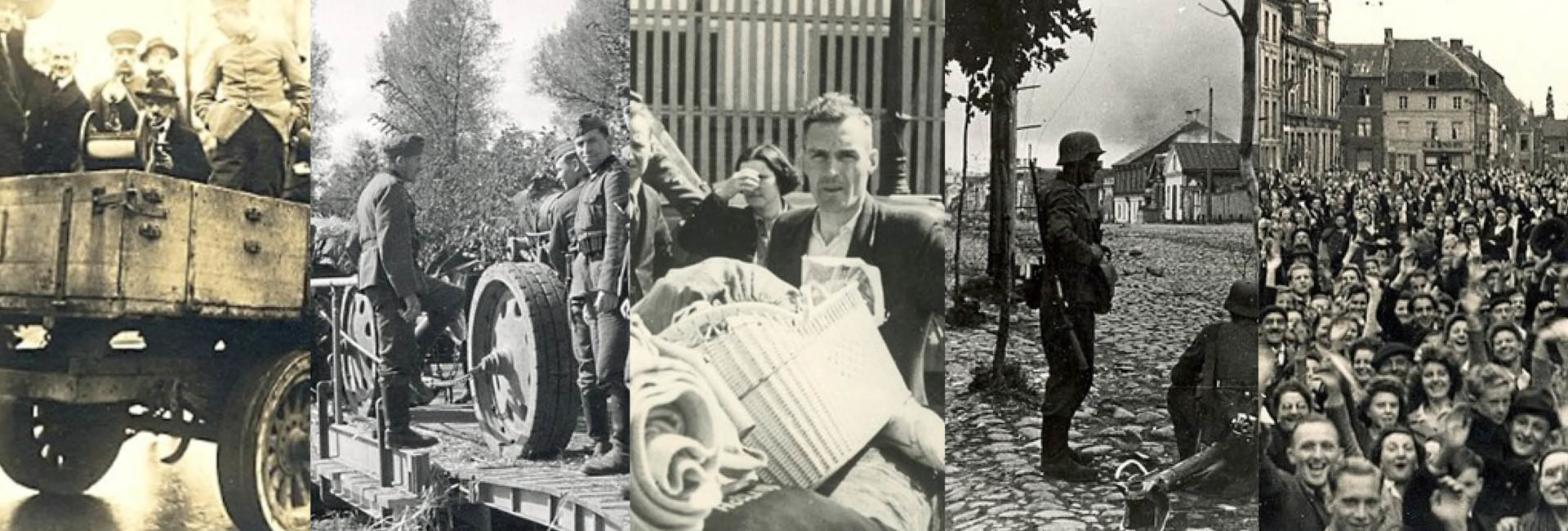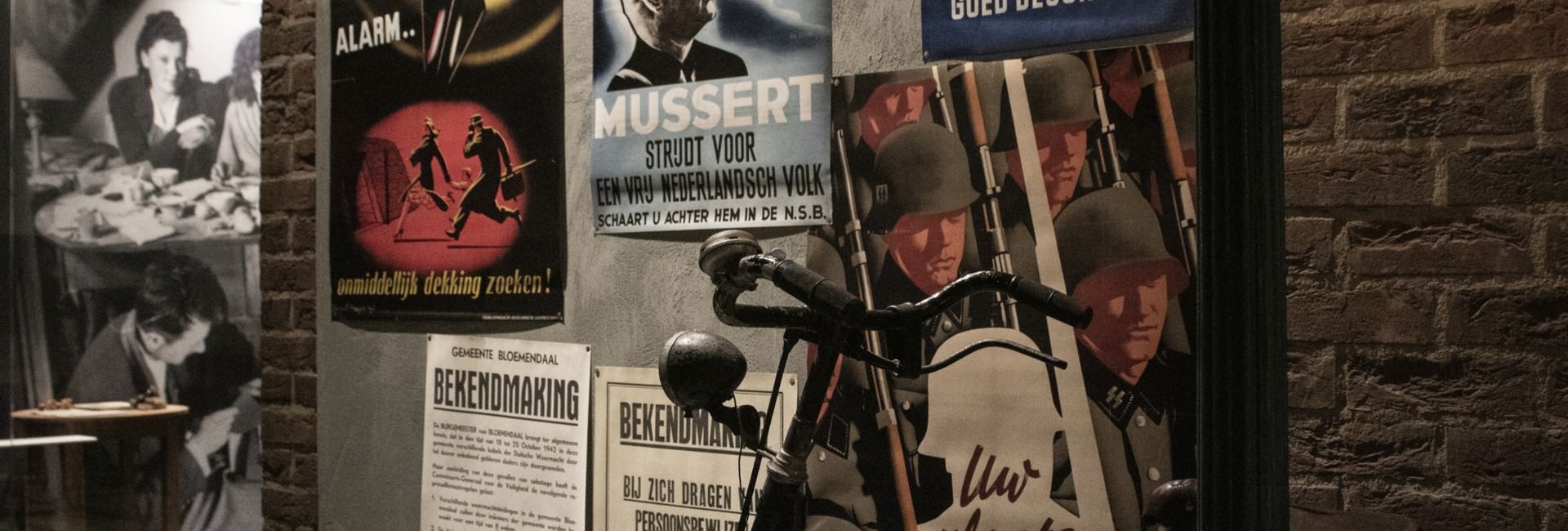All the basic information for your presentation!
World War II was a defining event in history. This overview provides a framework for understanding the most important developments, even though it remains impossible to fully capture all human suffering and complexity. So, World War II in 10 steps!
1. The Old World Order
World War I (1914-1918) ended with a defeat for Germany. The Treaty of Versailles imposed strict conditions. In Russia, the Communists prevailed after the Revolution of 1917 and formed the Soviet Union in 1922, a vast empire spanning Europe and Asia.

2. The Rise of Hitler
Adolf Hitler, embittered by Germany's defeat, founded the NSDAP. In his book Mein Kampf, he wrote that Jews were an inferior race and that Germany needed more territory. Through the economic crisis and fear of communism, he won the elections in 1933. He eliminated opponents and built a new army.
3. The Axis of Evil
Germany, Italy, and Japan formed the Axis Powers. Italy wanted colonies in Africa, Japan aspired to power in Asia and needed raw materials from countries like the Dutch East Indies. In August 1939, Germany signed a non-aggression pact with the Soviet Union. One month later, Germany invaded Poland.
4. The Occupation
After Poland, Germany attacked Denmark, Norway, the Netherlands, Belgium, Luxembourg, and France in 1940. England held out thanks to strong air force defense. In 1941, Hitler unexpectedly invaded the Soviet Union. Japan attacked the Dutch East Indies and American islands in 1941-1942, bringing the USA into the war.
5. Daily Life
In Western Europe, the occupation was relatively mild: new rules and shortages of food and fuel. For Jews, everything changed immediately. The rest of the population dared to do little, some even collaborated with the Germans. The more ground Germany lost, the stricter the regime became.
6. The Persecution of the Jews
Hitler wanted to exterminate the Jewish race. During the Wannsee Conference, the large-scale approach was arranged: the Final Solution. Millions of Jews were taken to extermination camps in Eastern Europe and murdered. Homosexuals and Roma and Sinti were also persecuted.

7. The Resistance
Resistance emerged against occupation and Jewish persecution. In Eastern Europe there were partisan groups, in Western Europe smaller operations. Resistance fighters organized hiding places, false ration cards, and distributed illegal newspapers. Those caught risked torture and death. Only a small percentage of the population actively participated.
8. The Eastern Front
The turning point began in 1941 when Germany invaded the Soviet Union. After initial successes, the German advance stalled. From 1943, Germany was pushed back by the much larger Red Army. The Soviet Union had also relocated factories behind the Urals and had virtually unlimited raw materials.
9. The Liberation
The Axis also lost territory in Africa and Southern Italy. On D-Day, June 6, 1944, Allied troops landed in Normandy. From August 1944, Western European countries were liberated. Hitler committed suicide on April 30, 1945, Germany capitulated on May 8. Japan surrendered in August after American atomic bombs on Hiroshima and Nagasaki.

10. The New World Order
During the Yalta Conference in early 1945, Stalin, Roosevelt, and Churchill divided Europe. A large part came under Russian influence. Germany was divided into East and West. In Asia, occupied countries wanted to be independent from then on, like Indonesia after fighting with the Netherlands in 1949. Worldwide, the war cost 72 million lives, in the Netherlands 200,000 (half of them Jewish).







